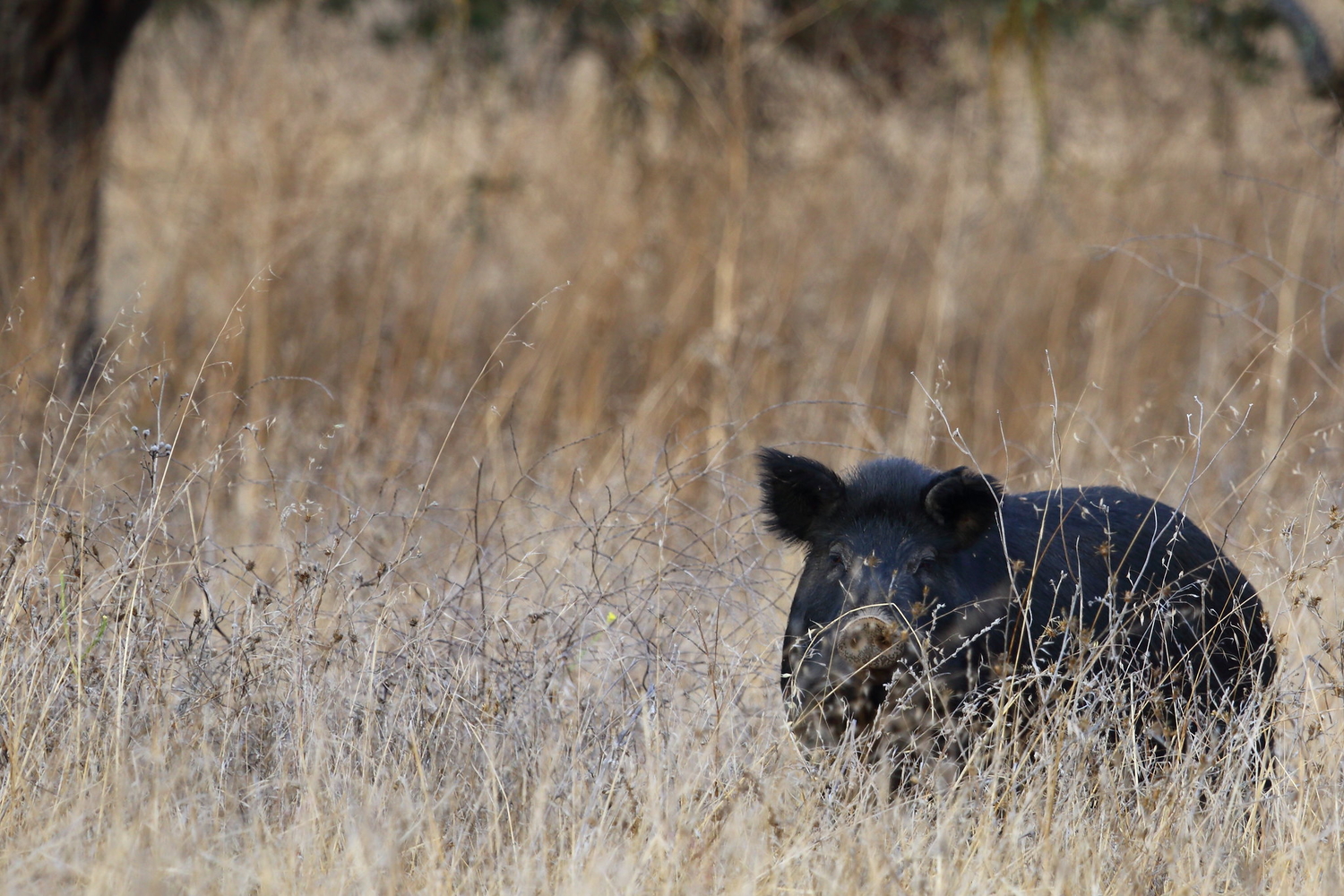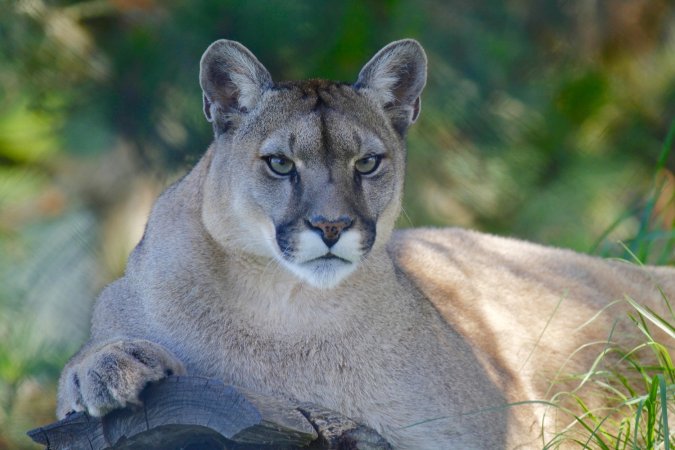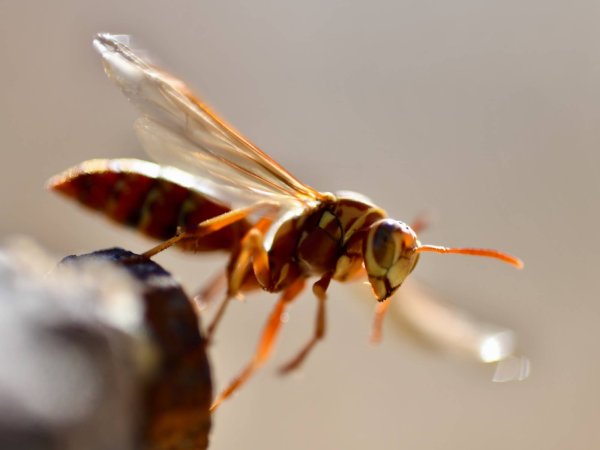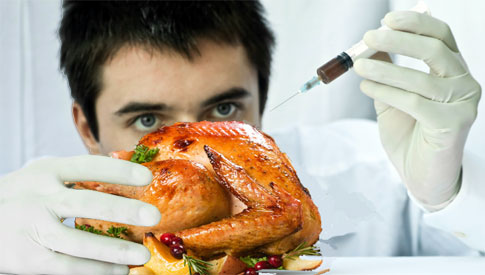

Animal attacks are relatively rare, but you still want to be prepared in case you have a bad brush in the backcountry—or even your yard. Adventurer and travel writer Alisha McDarris has the advice you need for grizzly bears, mountain lions, and snake bites. Wild-pig swarms are the latest in her survival series.
When it comes to animals that strike fear into our hearts, bears, sharks, and mountain lions get all the attention. But what about wild pigs? The news rarely publishes stories of encounters with them, even though they’re big, have sharp tusks, and are taking over North America. In fact, there have been more fatalities from wild hogs in the last decade than from sharks.
So, what happens if you really do find 30-50 feral hogs, or, as is more likely, just one, on your property?
Not your average invasive species
Explorers introduced domestic swine and wild boars to North America as early as the 1500s. Eventually, some of the domestic swine got loose and adapted to the outdoors, becoming feral. When those animals interbred with wild boars, a sort of hybrid was created: wild pigs, wild hogs, or wild swine.
Their range has expanded quickly in recent decades, from 18 largely southern and coastal states in 1982 to 35 states today. Now, wild pigs are one of the most destructive species in the US. They sully entire fields of vegetable crops with E. coli, contaminate drinking water, decimate native wildlife and plant species, and transport more than 50 diseases, including rabies, hepatitis E, and brucellosis, an ugly illness that causes recurring flu-like symptoms. Nearly 40 of the swine-held strains can be transmitted to humans.
At the same time, the species’ population, some 5 million and counting, has skyrocketed, largely because of its high rate of fecundity. Wild pigs can breed several times a year and birth up to 12 piglets per litter, making them the fastest reproductive machines of any animal in their weight and size class. They’re also not predated by any larger carnivorous animals, though cougars and alligators will kill one occasionally. On top of that, they’ll eat just about anything.
“I’ve never seen a starving wild pig,” says John Tomecek, assistant professor and extension wildlife specialist at Texas A&M University. Foxes, coyotes, and other wild omnivores, sure, but never pigs. “They are an opportunistic omnivore and will always find a meal,” Tomecek adds.
They’re also not restricted by habitat. While the species prefers shady areas near water in the summer to stay cool—contrary to the popular adage “sweating like a pig,” Tomecek says the animals don’t perspire and therefore have a hard time staying cool—they can be found roaming and thriving in just about any terrain, including the desert.
Attacks are rare
The good news is that most wild pigs would rather flee to safety rather than charge a human. The last fatal pig encounter in the US was in Texas in 1996; there were 14 around the world in 2015 and 7 in 2018.
But much like wild pig numbers themselves, attacks are on the rise. A study done by John J. Mayer, an environmental scientist at Savannah River National Laboratory in South Carolina, found that from 1825 to 2012, 70 percent of confrontations occurred in the 21st century. Of 21 U.S. states with recorded attacks, Texas topped the list, which makes sense, given that the state also has the largest population of wild pigs in the country. Most of the attacks were also in rural areas. That may change, however, as the mammals spread to the suburbs.
And while wild pigs look a lot like their farm-dwelling counterparts, they’re leaner and tougher, with coarser hair and longer tusks. They can weigh up to 350 pounds, be as long as five feet from snout to rump, and run up to 30 miles per hour. They also have excellent vision and are often active after dark, even though they’re not fully nocturnal.
No matter the time of day, your chances of encounter increase while you’re walking a dog, which, according to studies, swine seem to perceive as a threat. Approaching an injured or cornered pig or getting too close to piglets also top the list of things not to do if you’re hoping to avoid a run-in.
What to do in an encounter
When wild pigs do get aggressive, things can turn ugly. The animals tend to charge and maul their victims with their tusks, biting or goring legs and feet. And because they have so much bacteria in their mouths, infection is a serious concern.
To deter an attack upon spotting a hog, give it a wide berth, Tomecek says. Often, this is all that’s required to quell a violent encounter. If you see one nearby, it will likely turn tail and make its own speedy escape. If it doesn’t—possibly because it’s never encountered a human or is content to wallow in a cool, muddy creek bed—just put plenty of space between you and the animal. Whatever you do, don’t try to get close to, feed, pet, take photos of, or provoke the animal.
“If you put them into a situation where they feel threatened, they will step up and defend themselves,” Mayer explains. “If they are determined enough to deal with this perceived threat, they are not going to back off.” Read: If a wild hog wants to protect itself, it’s not letting you get away without a fight.
That said, there are still ways to deescalate the situation. Once the swine starts running toward you, climb a tree, boulder, even a car or dumpster to get out of the animal’s reach. Try and get high: Pigs can’t climb, but large ones can work their way up a tree trunk with their front legs to reach objects that are several feet above the ground.
If there’s nothing tall nearby, turn tail and sprint. You can’t outrun a wild pig, but in a best-case scenario, they’ll think they’ve neutralized the threat and give up chasing. If not, “you’re probably in for a bad day,” Mayer says. Use anything at your disposal—a tripod, walking stick, golf club—to fight back. Do your best to stay on your feet because “if you get knocked down, things get considerably worse real fast,” Mayer adds. Injuries that might have otherwise been relegated to the legs and feet could spread to the torso and face.
Whether or not there’s a physical encounter, report the sighting to your local wildlife-management agency so they can trap or euthanize the invasive species. If you have multiple run-ins (meaning the pigs are turning your backyard into a summer home), contact the same agency for help removing them. Always get yourself some medical attention when coming in contact with the mammals to make sure no pathogens have been transmitted.
“[Feral hogs] are wild animals,” Mayer says—and you should always exercise caution around wild animals. So when heading outdoors, be aware of your pig-friendly surroundings, keep your distance, and carry a big stick.














